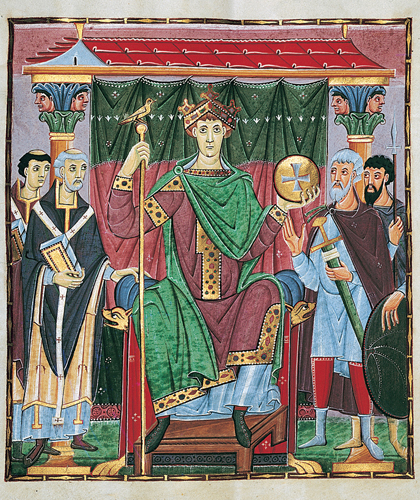Consider da Vinci's Last Supper and Tintoretto's The Last Supper. These paintings depict the same biblical event in very different ways. Compare the two styles and the interpretations of this event by each artist. Identify and comment upon the formal elements and principles of design as they relate to the styles of these works
What will be an ideal response?
Painted on a monastery wall in Milan, Leonardo da Vinci's fresco depicts the final gathering of Jesus with his disciples and the final Passover meal they shared. High Renaissance artists delighted in creating deep space in their paintings using linear perspective. Leonardo employed this system in his fresco, which structures the design and reinforces the symbolic content of the painting. The one-point system places the vanishing point behind the head of Christ, who is placed in the center of implied depth, making him the focal point of the composition and the narrative. A stabilizing feature of the symmetrical composition is the implied triangle formed by the outstretched arms of the central figure. The central opening at the back wall emphasizes the focus on Christ and alludes to a "halo" effect around his head. Tintoretto's painting involves the same narrative, but presented in a very different manner. His style, encouraged by the Counter-Reformation, is theatrical, as seen in his virtuosic brushwork and dramatic lighting effects. The dramatic diagonal pulls the viewer's eye to the figure of Christ, who is emphasized by the halo of light around his head. Tintoretto's interpretation is dynamic and emotional, compared to the subtle and intellectual depiction by da Vinci.
You might also like to view...
?

A. Abstract interlace B. Scepter and orb C. Antique illusionism D. Columns
Which of the following is not common to the Quichua living in the Cotacachi-area communities?
A. language B. clothing C. automobile D. economy
The most influential jazz/blues organist in the 1950s and 1960s was
a. Jack McDuff b. Groove Holmes c. Don Patterson d. Jimmy Smith
From its foundation, Rome was laid out on a systematic, orthogonal street plan
Indicate whether the statement is true or false